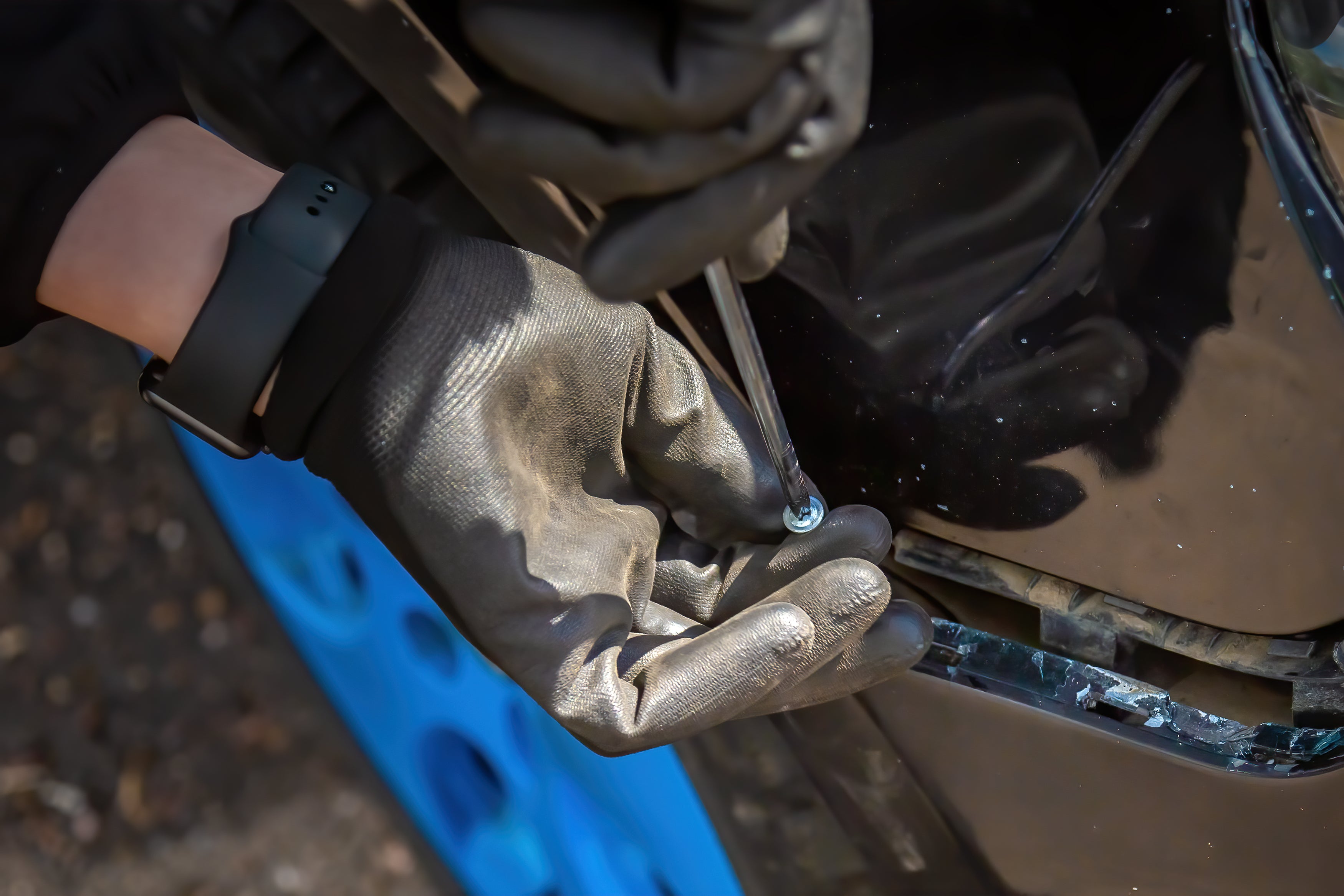Puncture-resistant gloves are essential for workplaces where sharp objects and hazardous conditions pose serious risks to hand safety. Whether you work in construction, manufacturing, medical waste disposal, or maintenance, choosing the right glove can protect you from painful injuries and long-term damage.
In this guide, we’ll break down what puncture-resistant gloves are, how they’re rated, when to use them, and how to choose the best pair for your job site. Let’s dive in.
What Are Puncture-Resistant Gloves?
Puncture-resistant gloves are personal protective equipment (PPE) designed to prevent sharp objects from penetrating through the glove material. Unlike standard gloves that offer general protection, these gloves are built with special materials and layering techniques that stop punctures before they reach your skin.
Common Threats That Cause Puncture Injuries
- Nails and screws
- Metal shards and wires
- Needles (in healthcare and sanitation work)
- Broken glass or ceramics
- Wood splinters
Key Materials Used in Puncture-Resistant Gloves
The strength and flexibility of puncture-resistant gloves come from the materials used in their construction. Some of the most effective materials include:
Kevlar®
Known for its lightweight and high tensile strength, Kevlar® is commonly used in bulletproof vests and high-performance gloves. It offers excellent puncture and cut resistance while maintaining flexibility.
Dyneema®
Dyneema® is a high-strength polyethylene fiber that provides superb resistance to cuts and punctures. It’s also lightweight and breathable.
Steel Mesh
Steel mesh gloves are commonly used in meat processing and other industries where the risk of deep punctures is high. They provide excellent resistance to blades and needles but may lack flexibility.
Nitrile Coated Fabric
Some puncture-resistant gloves use a nitrile coating to add an additional layer of defense against sharp objects, oils, and chemicals.
Puncture Resistance Levels (ASTM & ANSI Standards)
When shopping for gloves, it’s important to understand how puncture resistance is rated. Two main standards are typically used:
ANSI/ISEA 105 Standard
The American National Standards Institute (ANSI) classifies puncture resistance from **Level 1 to Level 5**:
- Level 1: Minimum puncture resistance (20-59 Newtons)
- Level 2: Moderate resistance (60-99 Newtons)
- Level 3: High resistance (100-149 Newtons)
- Level 4: Very high resistance (150-219 Newtons)
- Level 5: Maximum resistance (220+ Newtons)
ASTM F2878 (Needlestick Test)
This test evaluates how well gloves resist puncture from fine-pointed objects like hypodermic needles. Gloves designed for sanitation or medical waste workers should meet this standard.
When Should You Use Puncture-Resistant Gloves?
Here are a few industries and tasks that require puncture protection:
- Construction: Handling rebar, sharp building materials, and debris
- Waste Disposal: Sanitation workers may encounter needles, glass, and sharp metal
- HVAC and Maintenance: Risk of exposed wiring or metal edges
- Medical and Janitorial: Needlestick protection is critical
- Automotive: Sharp car parts and tools during repair work
- Landscaping: Protection against thorns, shears, and tools
How to Choose the Right Puncture-Resistant Glove
Consider the following when selecting a glove for your team or facility:
1. Level of Protection
Choose the ANSI level that matches your risk exposure. For example, if you're dealing with needles, you need a glove rated under ASTM F2878 with high puncture resistance.
2. Dexterity vs. Protection
Higher levels of puncture resistance may reduce dexterity. Try to balance safety with comfort, especially for detailed tasks.
3. Cut and Chemical Resistance
Many tasks that require puncture protection also need cut and chemical resistance. Look for gloves that combine all three features.
4. Grip and Fit
A glove with a good grip reduces hand fatigue and lowers the risk of dropping sharp tools or objects.
Where to Buy Puncture-Resistant Gloves
At eSafetySupplies.com, we offer a wide selection of puncture-resistant gloves that meet ANSI and ASTM standards. Whether you're in construction, waste management, or industrial maintenance, we have the glove that fits your needs.
Popular categories include:
Conclusion
Puncture-resistant gloves are not just optional — they’re essential when working in environments that expose hands to sharp or dangerous materials. By understanding the rating systems, materials, and your specific use case, you can make a smarter decision that protects your hands and boosts productivity.
Need help finding the right glove? Contact our team at eSafetySupplies.com or browse our glove collection today.
People Also Ask
-
What is the difference between puncture-resistant and cut-resistant gloves?
Puncture resistance refers to how well gloves prevent penetration from sharp, pointed objects, while cut resistance measures how well gloves withstand slicing or abrasion from sharp edges. -
Are nitrile gloves puncture-resistant?
Standard nitrile gloves offer minimal puncture resistance. For stronger protection, use nitrile-coated Kevlar or industrial-grade gloves. -
What is ASTM F2878?
ASTM F2878 is a testing standard that evaluates gloves for resistance to puncture by hypodermic needles, ideal for medical and sanitation environments. -
Can I reuse puncture-resistant gloves?
Reusable puncture-resistant gloves exist, but it depends on the material and condition after use. Always inspect gloves before reuse. -
What ANSI level do I need for construction?
Most construction workers use Level 3 or higher, depending on the specific hazards and sharp tools involved.

